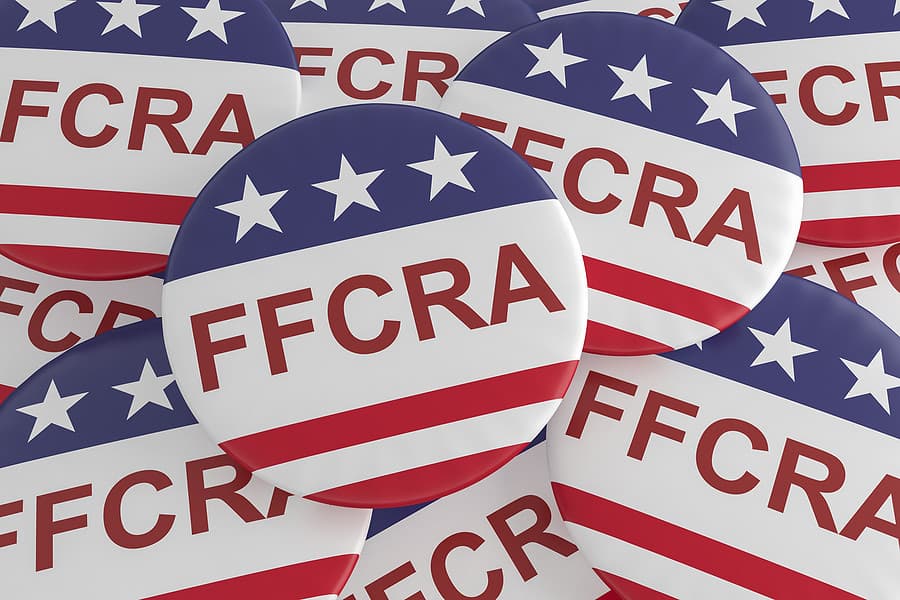After the Families First Coronavirus Response Act (FFCRA) expired on Dec. 31, President Trump signed the 2021 Consolidated Appropriations Act (CAA), which allowed employers to decide if their company would continue to provide paid leave and, therefore, be eligible for the payroll tax credit. This option is available until Mar. 31. Now, the Biden administration has signaled its intention to extend and expand the reach of the 2020 FFRCA, including making it mandatory again.
On Jan. 14, President Biden’s administration announced “The American Rescue Plan” (Plan), a proposed $1.9 trillion Covid-19 stimulus relief plan. The Plan contains wide-ranging support for those affected by the pandemic. Notably, the Plan proposes to require all employers of any size to provide paid leave and to significantly extend the required paid sick and family leave benefits to essentially all workers through Sept. 30.
The new administration estimates that the Plan could provide emergency paid leave to an additional 106 million Americans. To implement coverage, the Plan will impose substantial new burdens on employers by removing prior exemptions under the FFCRA. The key provisions in President Biden’s Plan include the following:
Expanding FFCRA Coverage
- Employers With Than 50 Employees. The FFCRA exempted employers with fewer than 50 employees from at least a portion of that act. The Plan proposes to require mandatory paid leave for employees working at businesses with less than 50 employees. Therefore, the Plan would permit employers with less than 50 employees to seek reimbursed costs associated with paid leave through tax credits.
- Employers With 500+ Employees. The FFCRA exempted employers with more than 500 employees. The Plan proposes to eliminate this exemption by requiring mandatory paid leave to those employed by businesses with more than 500 employees. Though the Plan would require large employers to provide paid leave, this segment of employers could not seek reimbursed costs associated with paid leave through tax credits.
- Federal Employees: In contrast to the 2020 FFCRA coverage, the Plan would provide paid leave to employees who work for the federal government.
Other Changes
- Expanding Cost of Paid Leave Benefit: The Plan calls for increasing the FFCRA paid leave benefit to $1,400 per week for eligible employees, a $400 increase from the 2020 FFCRA cap.
- Eliminating Previous FFCRA Exemptions: The Plan would eliminate the 2020 FFCRA exemption for “health care workers” and “first responders” and require employers to offer paid leave to such employees.
- Expanding Paid Sick Leave and Expanded Family and Medical Leave: Under the Plan, paid leave would expand to “over” 14 weeks. At this time, it is unclear as to the specific amount of leave per qualifying reason.
- Expanding the Qualifying Reasons: The Plan would expand coverage for those seeking leave for the purpose of obtaining a Covid-19 vaccination.
What Should Employers Do Now?
Employers should continue operating under the CAA. Also, because the Plan would significantly impact employees and employers alike, employers should plan ahead by considering the following:
- What are the current state or local paid sick leave laws that continue to apply to all employers?
- What policies and documentation will need to be updated if the American Rescue Plan is implemented?
- For companies with fewer than 50 employees, what plans will need to be created to allow optimal continuation of business or services when employees are eligible for this leave?
- For companies with over 500 employees, how can the company plan for the potential financial burden of mandatory leave without reimbursement through tax credits? We are waiting to see if those large employers might be able to rely on their existing paid time off plans instead of providing additional leave.
- For companies with previously exempt employees, what policies need to be created to determine when leave is appropriate?
While the exact fate of the American Rescue Plan is unknown, we can anticipate a similar, if not identical, version making its way through Congress within the early months of President Biden’s administration.
